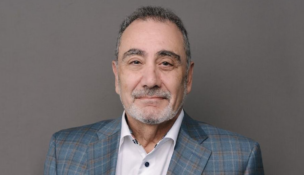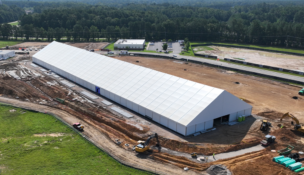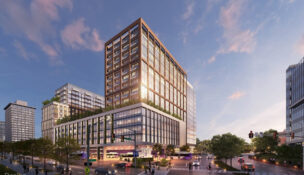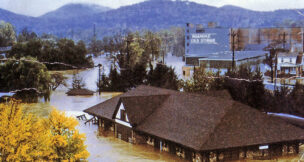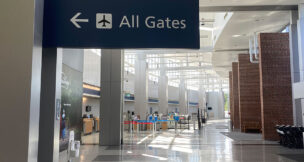Greater Washington Partnership releases mobility blueprint
The Greater Washington Partnership on Monday released its detailed plan to improve transportation in the region connecting Baltimore, Washington, D.C., and Richmond.
The Blueprint for Regional Mobility calls for both short-term and long-term solutions to improve transit — and therefore economic opportunity — in the region of 10.2 million people.
The partnership is a group of CEOs trying to boost the economy of the “super region” encompassing Baltimore, Washington, D.C., and Richmond.
“More than 75 entities —public and private—play a significant decision-making or operational role in delivering mobility options and services in our region,” the report states. “The Partnership’s release of the Blueprint is a call to action for the region to improve coordination to overcome progress-impeding organizational silos.”
Tom Farrell, CEO of Richmond-based Dominion Energy, was one of three co-chairs of the partnership’s mobility initiative, which drew up the report. The others were Kenneth Samet, president and CEO of MedStar Health, and Mark Weinberg, global chairman and CEO of EY.
“Undoubtedly, in the years ahead, we will work together to make changes and re-prioritize our needs,” says the report. “But this gives us a roadmap to start—one based on data and analysis combined with the input of both transportation experts and hundreds of stakeholders across our region.”
The report outlines seven solutions:
1) Modernizing intercity and commuter rail
- Streamline planning and secure funding to remove system bottlenecks
- Expand and modernize Amtrak’s Union Station in Washington, D.C.
- Redevelop Amtrak’s Baltimore Penn Station and the Staples Mill Station in Richmond
- Creating seamless commuter rail network by expanding and integrating Maryland’s MARC and Virginia’s VRE services
2) Improving roadways and pedestrian trails
- Expand region’s high-occupancy toll lane network
- Consider a system that would charge drivers entering Washington’s most congested central business districts
- Complete Baltimore Greenway Trails Network, Capital Trails Network and establish a Richmond trail network strategy
3) Improving public transit
- Increase reliability and plan for expansion of Baltimore transit system
- Enhance coordination of Washington’s bus network
- Expand rapid transit options in Richmond
4) Growing employer mobility programs
- Challenge region’s employers to implement commuter programs to reduce congestion
- Enhance public commuter programs
5) Expanding equitable access to regional transit options
- Increase density and ensure development near rapid transit corridors
- Adopt local and targeted hiring, procurement and contracting policies
6) Enabling a technology-driven future
- Build data management system to improve regional mobility
- Deploy regionally coordinated smart traffic signals to reduce congestion and speed bus travel
- Establish a coordinated autonomous vehicle strategy for the region
7) Reforming governance and funding
- Measure and report outcomes of each capital transportation investment
- Create a new regional governance structure for Baltimore public transportation
- Increase federal transportation investments


